
While visiting a Japanese restaurant, either at home or in Japan, did you ever wonder what wasabi really is? If you are a fan of Japanese food, chances are you’ve seen it served up as a pale green paste to be paired with pieces of nigiri sushi or slices of sashimi.
It’s distinctly green, zingy, and divisive… but seriously, what is wasabi, and how is it made? Here’s everything you need to know about Japanese wasabi, including the difference between real and fake wasabi.
If you're interested in seeing firsthand how this rare plant is grown, join a wasabi farm tour in Tokyo!
Sakura Exclusives: FREE E-Book & Cooking Box!
Our Sakura 2025 campaign is running from February 1 to April 30, 2025, and you can get exclusive cherry blossom-themed treats!
Book a restaurant or food tour through us and you'll unlock a free e-book packed with tips for the cherry blossom season.
You'll also be entered into an exclusive prize draw to win a premium Japanese cooking kit, complete with kitchen essentials and a cookbook.
Get your cherry blossom season exclusives!
What is wasabi?
So, let’s get into it: really, what is wasabi? Either going by the scientific name of Wasabia japonica or Eutrema japonicum, wasabi is the spicy horseradish condiment from Japan that’s best known as an accompaniment for sushi, sashimi, Japanese noodle dishes (like udon), and more.
Also known as "Japanese horseradish", real wasabi comes from a plant that belongs to the Brassicaceae family, which typically encompasses other types of radishes, horseradishes, and mustard plants. More like a root vegetable than a spice, real wasabi is made from the rhizome of a wasabi plant, which is the underground stem part of it. This underground stem is grated finely to create real wasabi paste. This is kind of like how ginger can be grated, although wasabi is a bit less fibrous.
Japanese horseradish is not the same as European horseradish, though both plants are in the same family.
See also: 11 spicy Japanese foods to try for a hit of heat.
What is the difference between real wasabi and fake wasabi?
In Japan or Japanese food restaurants, “wasabi” is widely available. But actually, if you think you’ve tried wasabi before, the chances are that in fact, you haven’t! Many people who have only eaten “wasabi” outside of Japan have probably only had imitation or fake wasabi.
In Japanese, hon-wasabi (pictured above) refers to the wasabi plant that is native to Japan, while seiyo-wasabi (pictured below) is the word for horseradish which is from Europe (sometimes also called wasabi-daikon). Japanese native wasabi is the real deal, but being cheaper, European horseradish is used to create powdered fake “wasabi” and other faux wasabi products. Using a low percentage of real wasabi, seiyo-wasabi is dyed green to make fake wasabi as a cheaper alternative.
Trying real wasabi outside of Japan can be difficult—it's hard to find and very expensive. But if you're looking for hon-wasabi, you can find it in our Japanese Pantry Staples box—consider it a starter kit for authentic Japanese cooking.
Why is real wasabi so expensive?
As the plant can only be grown in very specific environments, wasabi is one of the most expensive crops in the world. This is why a lot of people outside of Japan may have never actually tasted real wasabi before.
Real wasabi is incredibly expensive because wasabi plants are notoriously difficult to grow and require very specific conditions. In Japan, the wasabi plant grows naturally in areas that have mountain river valleys, where it can grow along the river stream beds.
The ideal growing environment is incredibly rare, and wasabi plants need their stems to be partially submerged in clear running water, adding another level of finickiness to the process. Without running stream beds in Japan’s mountain river valleys, cultivating wasabi plants on a commercial level is very challenging, thus making it a pricey plant to grow.
Nagano Prefecture, Iwate Prefecture, and Shimane Prefecture are known for their local production of wasabi in Japan. However, the Izu Peninsula region in Shizuoka Prefecture is the main wasabi cultivation player, producing around 70% of Japan’s wasabi.
What is wasabi made of?
If you’re wondering what fake wasabi is made of, it’s mostly regular seiyo-wasabi (horseradish) in disguise. To make this condiment cheaper and more accessible, many fake wasabi products are widely available in supermarkets or at your local Japanese food restaurant, made from European horseradish.
Imitation wasabi can be found in a paste form (often in a squeezable tube or a small packet) or powder form (this needs to be mixed with water, generally in a little tin). Generally speaking, these fake wasabi products will only have a tiny amount of real wasabi in them, around just 1 to 3 percent. This small amount of hon-wasabi is mixed with colored European horseradish instead to make it more affordable.
What does wasabi taste like?
Real wasabi vs. imitation wasabi: What is the flavor of wasabi, and are real and fake wasabi different in taste?
Simply put, the answers are firstly, “spicy,” and secondly, “yes.” Distinctly pungent in flavor, wasabi has a similar taste to hot mustard in that its spiciness hits the nose rather than the tongue like a chili pepper does. True freshly-grated wasabi has a signature “clean” spiciness that is gentle to start but gives a touch of quickly fading heat in your nostrils. Compared with real wasabi, fake wasabi can be hot and zingy too, but not as clean in the mouth.
Why is wasabi so spicy?
That hit of heat you get when you eat wasabi is unmistakable. But what makes wasabi spicy? The spicy sensation of wasabi is derived from a chemical compound called allyl isothiocyanate, which is also present in mustard and horseradish.
Real wasabi is traditionally prepared by running the root in circles over a flat grater that acts like sandpaper, finely shearing the root down into a fresh paste and unleashing the allyl isothiocyanate, making the wasabi spicy!
In contrast, chili pepper’s type of spice hits the tongue directly and comes from the chemical compound capsaicin. Thus, the spiciness of wasabi tends to go up the nose as opposed to the spice of cayenne or chili pepper.
What are the health benefits of wasabi?
Not only is it a delicious accompaniment to sushi, but hon-wasabi is also full of vitamins and antioxidants, and offers a range of health benefits. Wasabi contains the main class of active compounds called isothiocyanates (ITCs) which give this root vegetable its range of health benefits, including antibacterial and anti-inflammatory properties. Helping to improve the immune system and to remove harmful toxins, it can even kill harmful food-borne bacteria; it’s that powerful!
Health benefits of wasabi include the following:
- Wasabi boosts the immune system
- It can improve gut health
- It can help with arthritis and bone-related issues
- It may reduce the risk of cancer
- It may reduce the risk of heart disease and protect heart health
- It has anti-inflammatory properties for joints and muscles
- It has antibacterial properties & can kill food-borne bacteria
- It can help alleviate the negative effects of seasonal allergies
- It can help heal respiratory conditions
- It may promote fat loss
Pretty neat, right? You must be thinking, “What is wasabi, some kind of superfood?!” Well, it might have a lot of health benefits, but remember that it comes with a very high price tag. Plus, let’s not forget that these health benefits may only apply when it comes to real wasabi. As only a small amount of hon-wasabi are used in imitation wasabi products, unfortunately, the health benefits are lost if you eat fake wasabi (even if you consume a lot of it). Read more about the health benefits of wasabi.
Am I really eating wasabi?
If you are wondering how to tell the difference between real and fake wasabi, first check the texture of the wasabi paste. When the wasabi is thick and pasty, that is a sign that it is fake wasabi made from horseradish (pureed to give a completely smooth texture). If the consistency is gritty (from being freshly grated), then it is more likely to be true wasabi from a wasabi plant stem.
Real wasabi is always served fresh because it loses its flavor and zinginess quickly once grated. For example, at a high-end sushi restaurant, the chefs will carefully grate the exact amount of wasabi to complement the sushi and balance the flavor of the fish. It is often placed in between the rice and the nigiri sushi topping to preserve it as best as possible.
Real wasabi vs. Fake wasabi:
Although you can find "wasabi" all over the world as Japanese cuisine continues to become more popular, it's believed that "only around 5-10% of restaurants outside of Japan actually serve wasabi made from the actual plant" (Source: LiveJapan). Many restaurants in other parts of the world will create their wasabi from a mix of cheaper powdered wasabi, horseradish, and mustard. To know how to ask what's included in a dish or sauce, or tell someone that you have an allergy, read our guide to Japanese for vegans.
Wasabi allergy warning: Even in Japan, it is worth checking whether you're getting the real thing if you are allergic to mustard (マスタード) as this is an unexpected ingredient for many people.
So, to wrap it up, “What is wasabi?” It’s best known as a condiment from Japan from the underground stem of a wasabi plant. Real wasabi is served up raw, in the form of a paste made from finely grating its stem.
If you were wondering what wasabi is, now you know. The conditions for growing a wasabi plant must be perfect, making it incredibly rare and expensive. Nevertheless, this traditional Japanese condiment is delicious, even if you have to settle for imitation wasabi to get a spicy mustardy kick. You can also always try to make your own wasabi!
Wasabi FAQs
Here are quick answers to some of the most common questions about wasabi, including the wasabi vs. horseradish distinction.
Is wasabi made from horseradish?
Yes — but not the horseradish you're thinking of. Real wasabi is made of "Japanese horseradish", which is the plant known as Wasabia japonica or Eutrema japonicum. This is a totally different plant to European horseradish. Fake wasabi is made of European horseradish, often with green food coloring added. Most contain only a tiny amount of real wasabi, amounting to 1-3% of the total ingredients.
What is American wasabi?
"American wasabi", also known as "Western wasabi", is the fake wasabi mentioned in this article. It is made of European horseradish, and totally different to real Japanese wasabi. One exception is the wasabi grown on the few farms in the United States that replicate Japanese techniques; these farms grow the real deal, i.e. Wasabia japonica or Eutrema japonicum—the Japanese wasabi plant. This should be clearly marked as such, and the price tag will be a good hint, too.
What is the price of real wasabi?
Real wasabi is very expensive. Prices of between US$160 - US$250 per kg have been reported, with fluctuations depending on availability.
Browse food experiences in Japan, and be sure to subscribe to Japan by Food on YouTube for the latest videos!
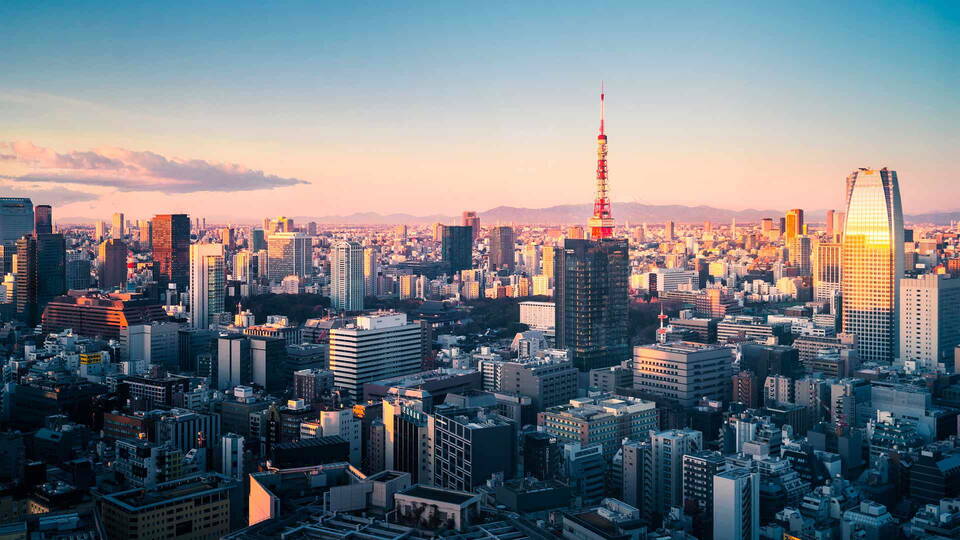 Tokyo
Tokyo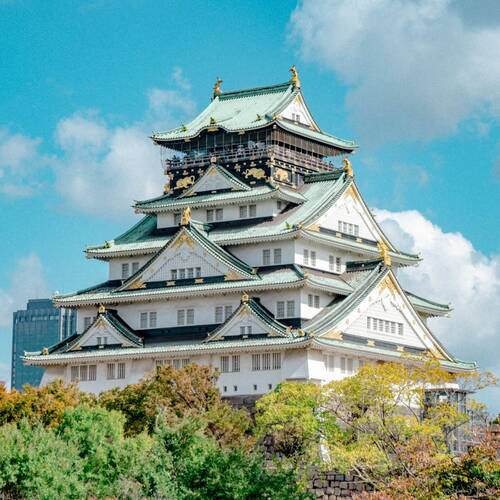 Osaka
Osaka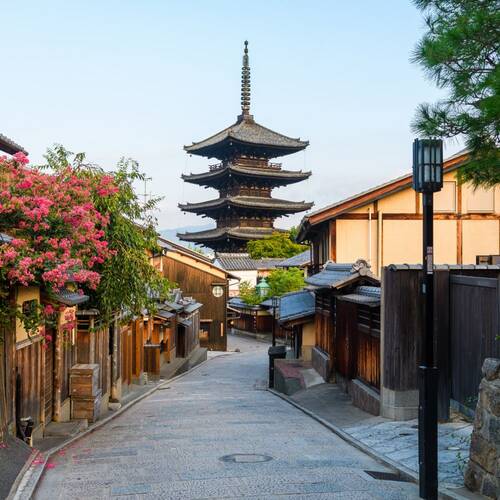 Kyoto
Kyoto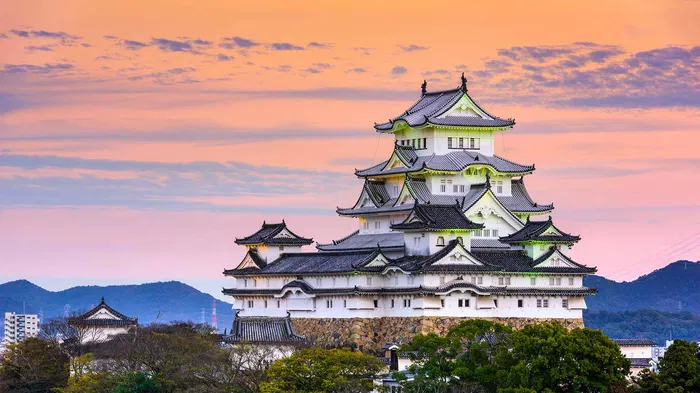 Hyogo
Hyogo Hokkaido
Hokkaido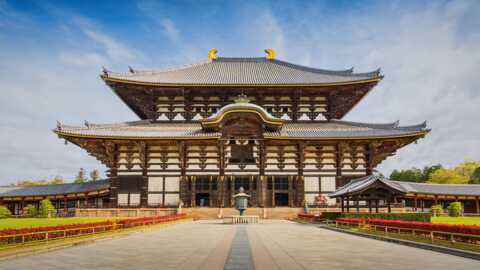 Nara
Nara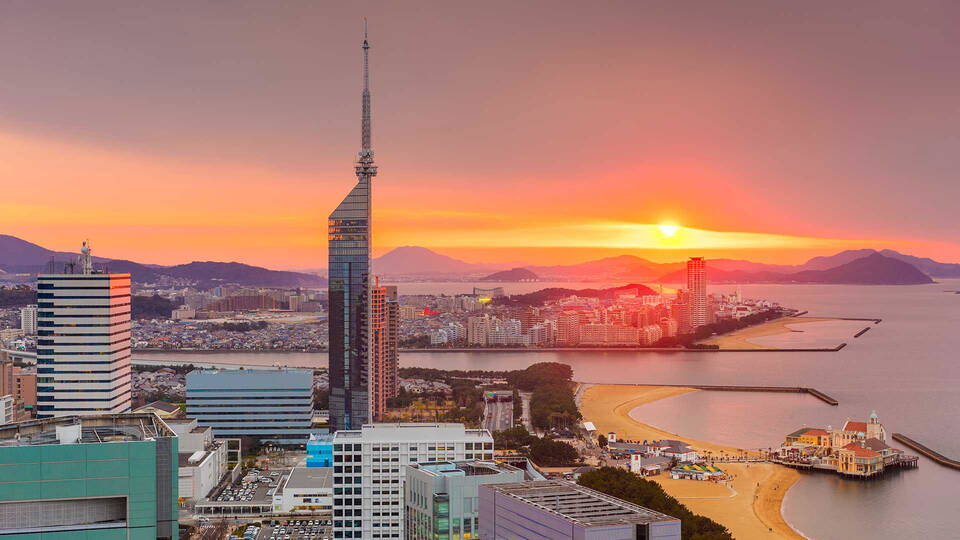 Fukuoka
Fukuoka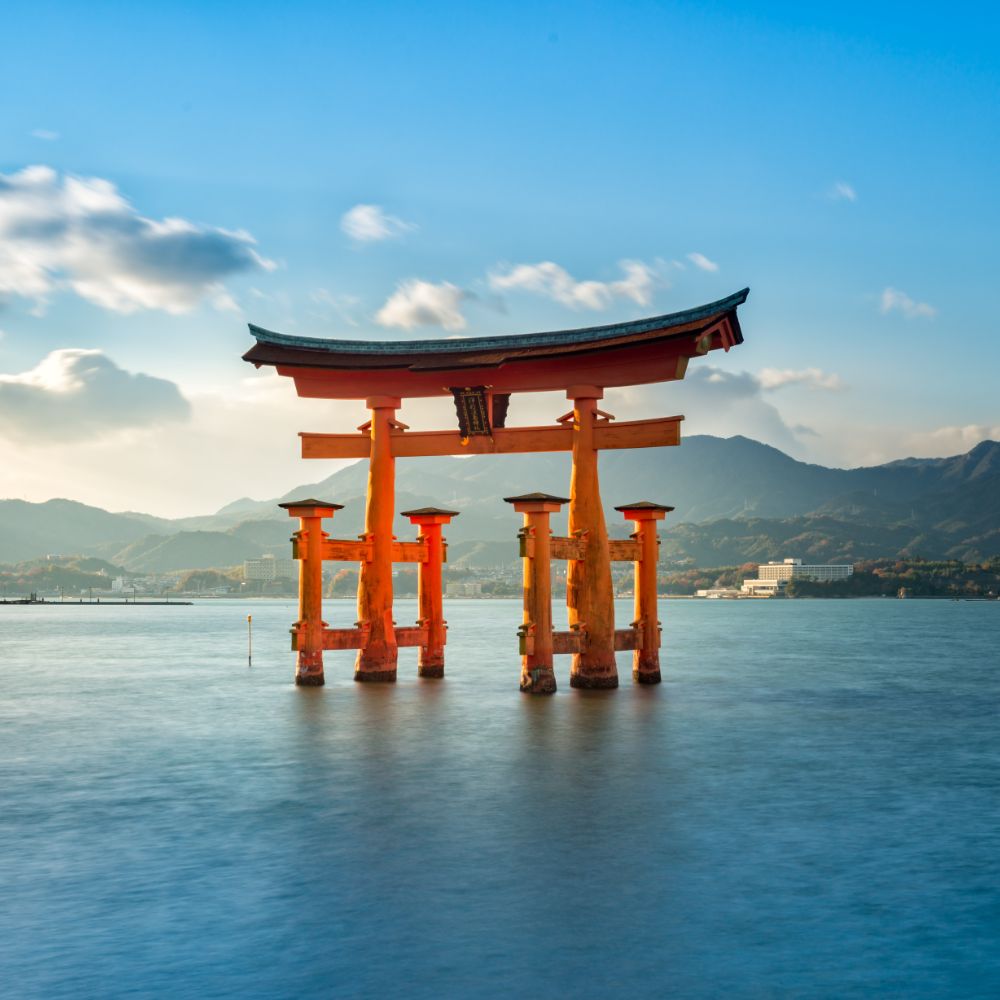 Hiroshima
Hiroshima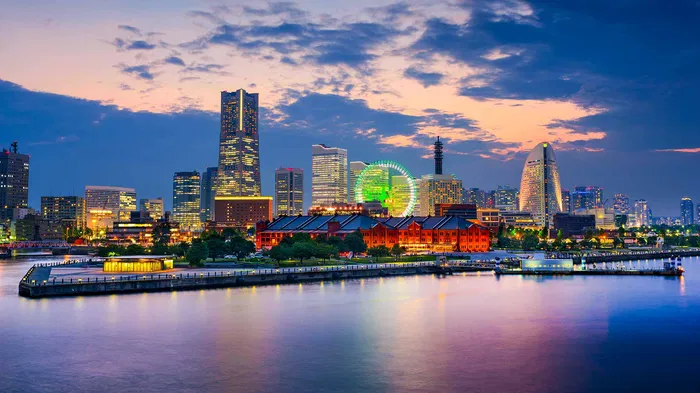 Kanagawa
Kanagawa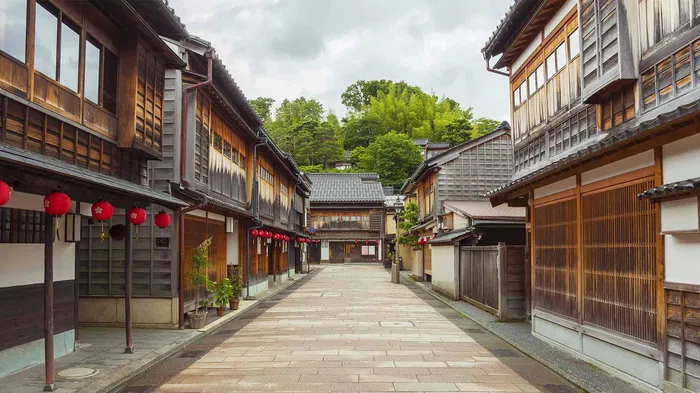 Ishikawa
Ishikawa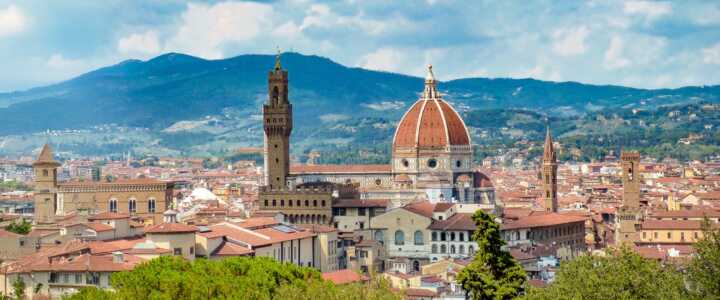 Florence
Florence Paris
Paris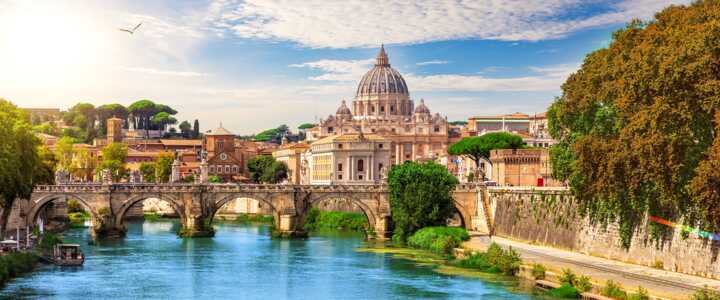 Rome
Rome Porto
Porto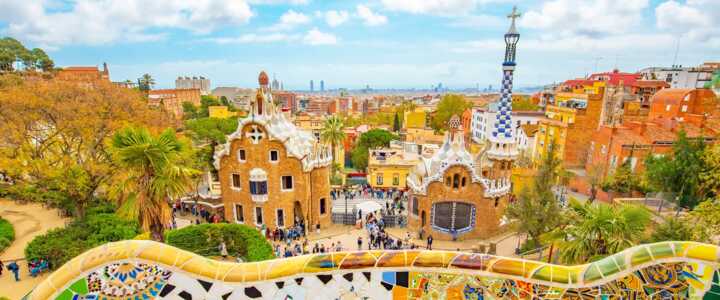 Barcelona
Barcelona New York
New York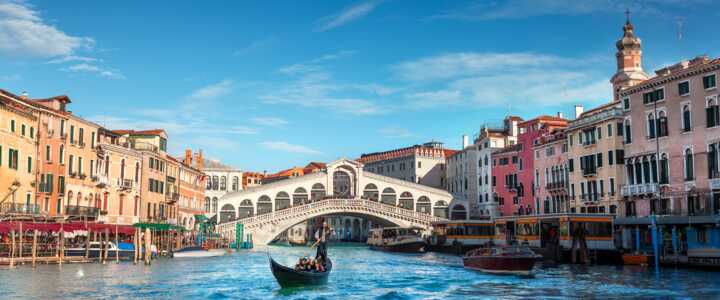 Venice
Venice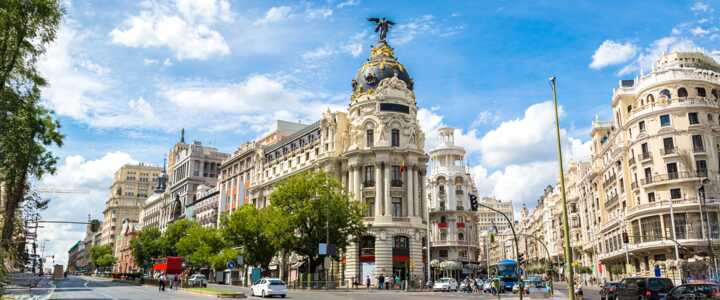 Madrid
Madrid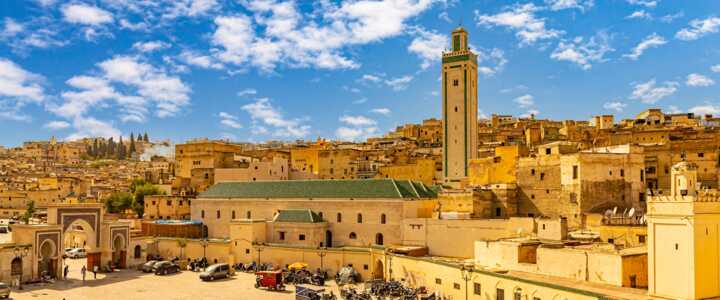 Marrakesh
Marrakesh Istanbul
Istanbul